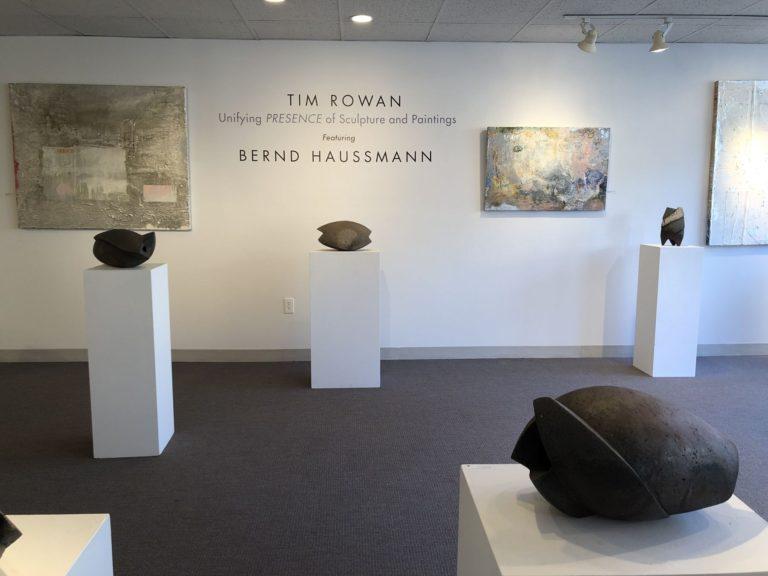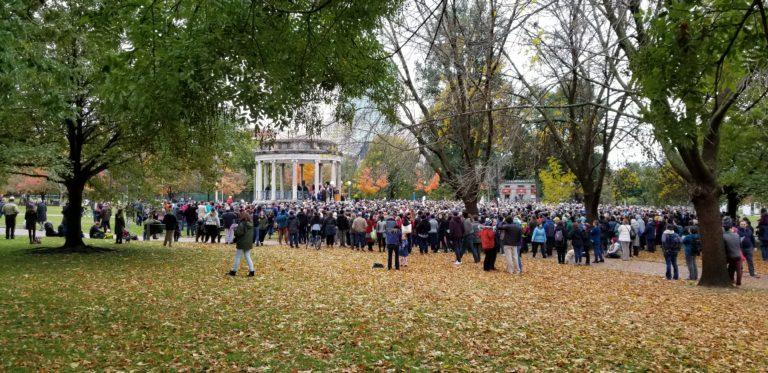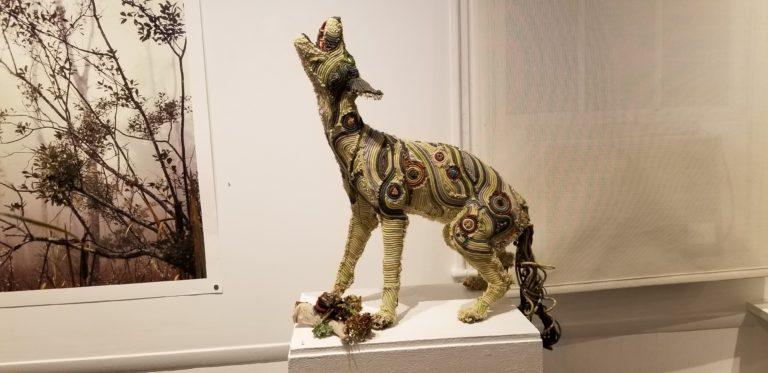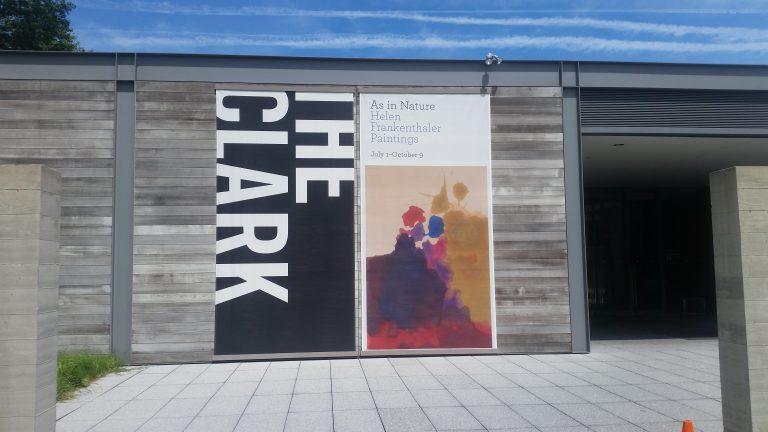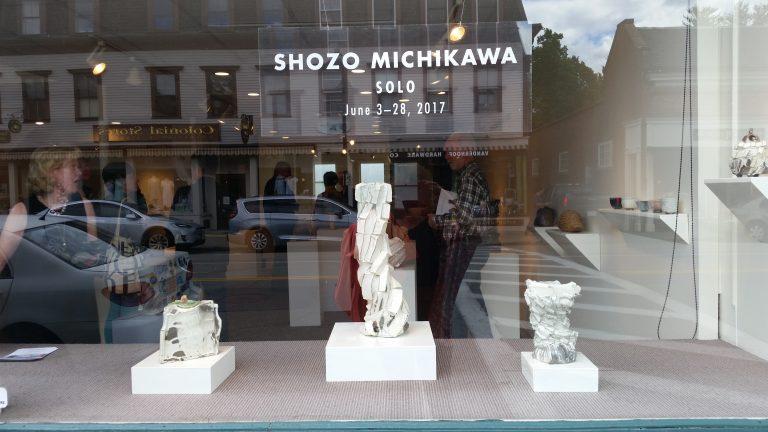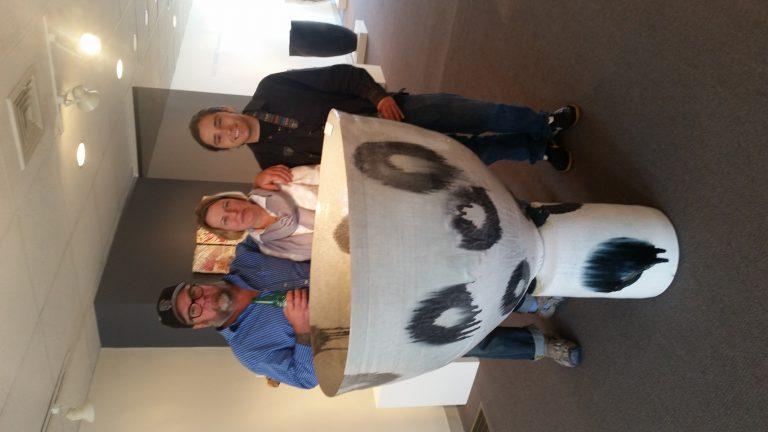Anita Harris writes that the dialogue between ceramics and painting established in Lacoste Keane's new exhibit makes...
Cambridge Writer
Cambridge writer Anita Harris felt heartened by the outpouring of support for Pittsburgh Synagogue shooting victims ...
For anyone who loves animals, mythology, feminism, fishing and/or nature, the current exhibit at the Cambridge Art...
On a recent visit to the Clark Art Institute in Williamstown, MA, Cambridge writer Anita Harris was...
Cambridge writer Anita Harris was struck by the lightness, strength and movement in the work...
Writer-photographer Anita Harris particularly liked the delicacy of Darcy Baidiali's "astonishingly large" thrown sculptural clay pots.
